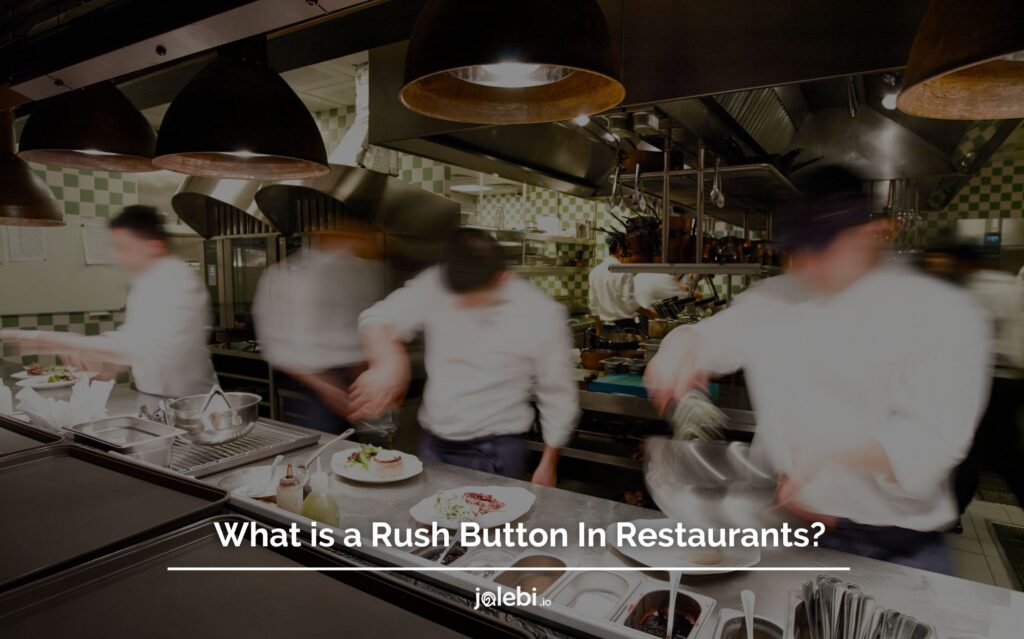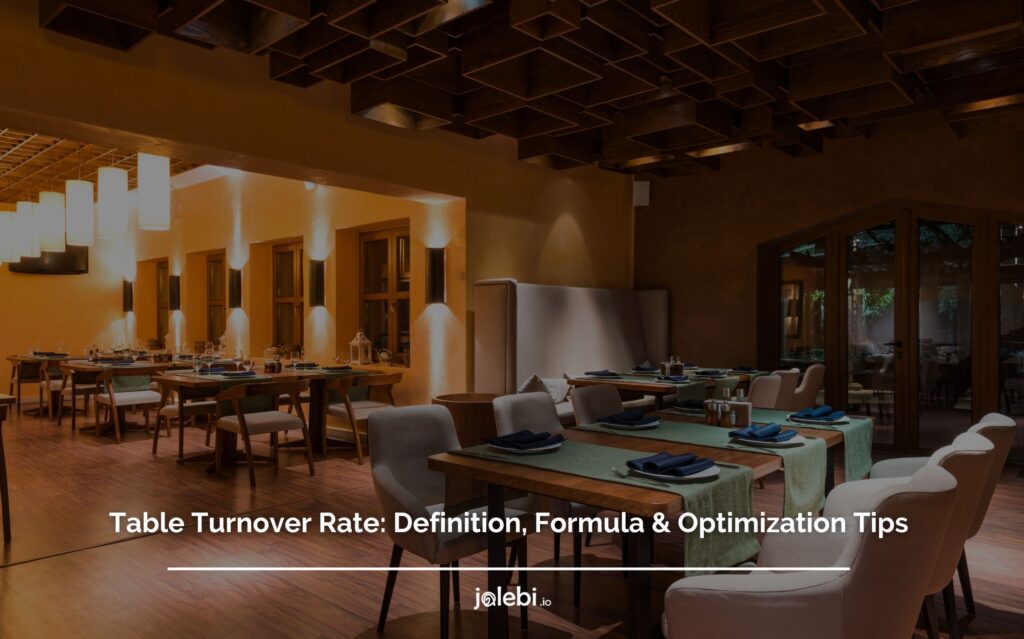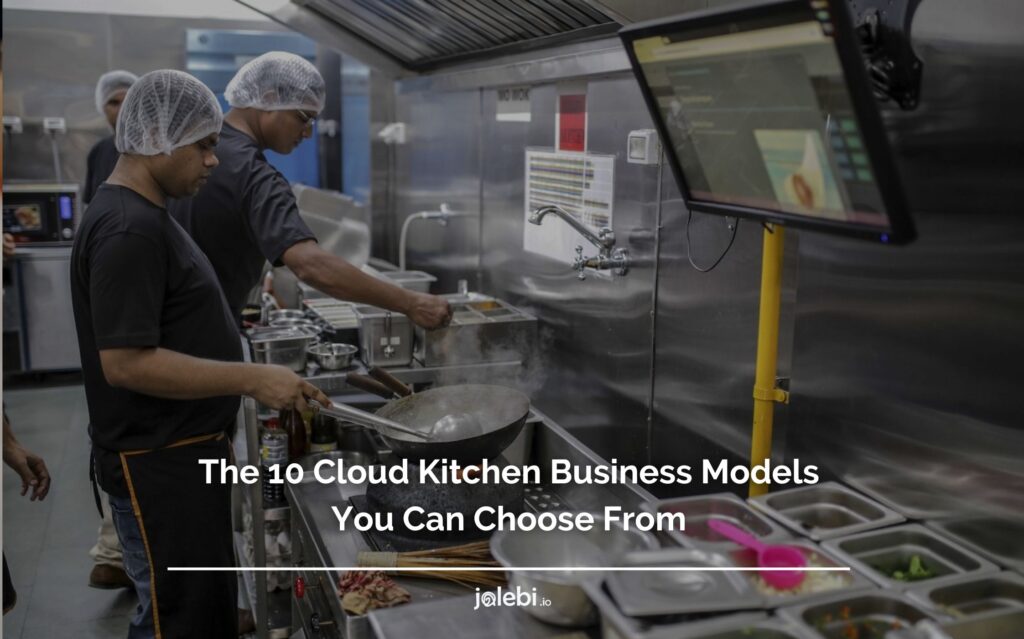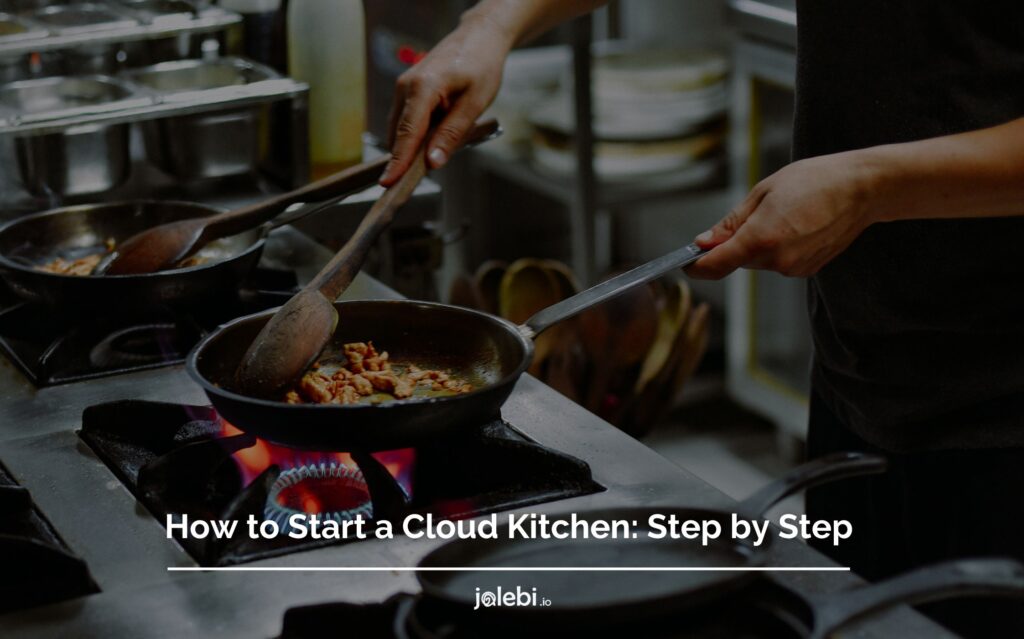Table of Contents
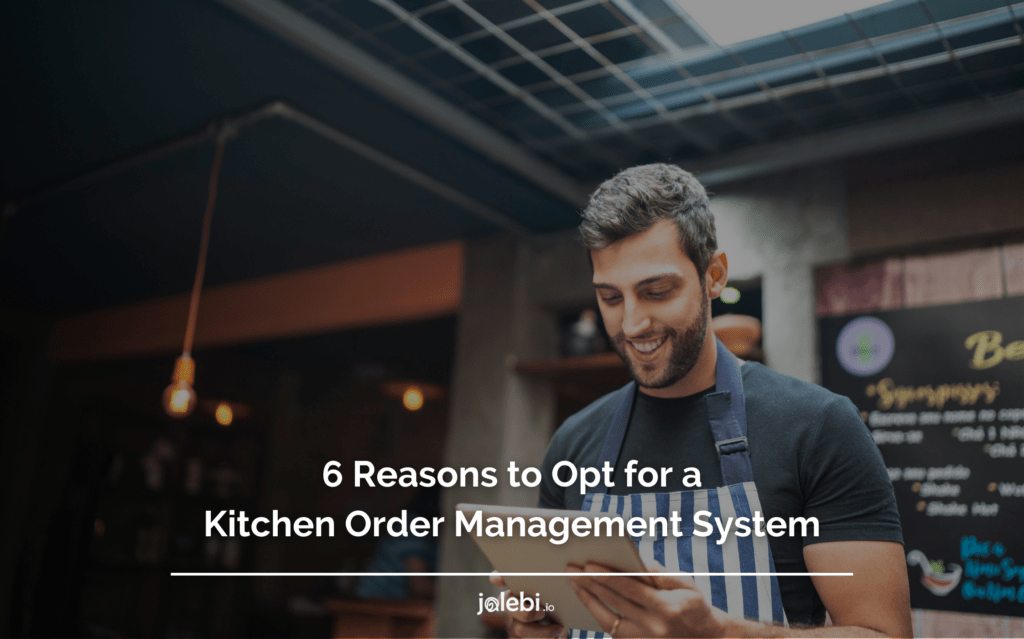
In the past, restaurants relied on manual methods to take and manage orders. However, this is no longer the case as businesses increasingly use automation to execute orders in their kitchen.
Is your restaurant struggling to keep up with orders?
Are you losing business because you can’t manage your kitchen correctly? If so, it’s time to invest in a kitchen order management system. Kitchens are busy places. Between preparing food and fulfilling orders, there is little time for anything else. That’s why restaurant order management system can be such a big help.
These systems make it easy to track orders and manage inventory, which leaves you more time to focus on what you do best – cooking delicious food! This blog post will share ten reasons to invest in a restaurant order management system.
What is a Kitchen Order Management System?
A kitchen order management system (KOMS) is a computerized system that helps restaurants take orders from customers and manage them in the kitchen. The system typically includes a touchscreen interface that customers can use to place their orders, and it is connected to the restaurant’s point-of-sale (POS) system.
KOMS can also be used to track inventory levels, generate reports, and monitor kitchen activity. Such systems are becoming increasingly popular as restaurants strive to improve their operations.
How Does A Kitchen Display System Work?
Just like every other business in the world, the restaurant industry can also enhance its efficiency with the use of technology.
With more and more restaurants moving towards online ordering and digital payments, managing customer’s orders across platforms may be a hassle.
However, with the right technology such as a kitchen display system, you can streamline the digital processes related to your restaurants.
So now you must be wondering how does a kitchen display system work?
Let’s have a look.
A kitchen ordering system is here to replace all the printed and manually written orders.
It is a digital screen that integrates with the point-of-sale system to optimize the operations of the kitchen by streamling the processes, refining the way the food is delivered as well as provide real-time data of the kitchen.
So when it comes to how does a kitchen display system work, there are a few features to take into account.
- Course Manager
You can bundle up similar items such as beverages or desserts and send them out from the kitchen to different tables at once. This would help save your servers extra trips around the restaurant.
- Meal Prep Timing
This feature helps ensure that meals that require longer cooking periods and those that require shorter cooking periods are prioritized accordingly in the kitchen.
- Directing to Prep Stations
This would help you guide the food to the specific areas such as the fryer, the grill, or the salad station.
- Recipe Guides
You may have the best chefs in the country but without innovation, your restaurant can lag behind. With this platform, your kitchen staff can look up different recipes as well as guides on how to prepare innovative meals and the best ways to serve them.
Now that you know how does a kitchen dispaly system work, let’s move on to some of the benefits of using restaurant order management systems.
Why do you need a Kitchen Order Management System (KOMS)?
A Kitchen Order Management System (KOMS) is a crucial component of a restaurant’s operations, especially in a fast-paced, high-volume dining environment.
It plays a vital role in streamlining kitchen processes. Below are some reasons why you need a Kitchen Management System for your restaurant.
1- Order Accuracy:
The Kitchen Management System ensures that orders are transmitted accurately from the front-of-house staff to the kitchen. It minimizes the chances of miscommunication or misinterpretation of customer orders, which can result in incorrect food being prepared.
2- Faster Service:
The system prioritizes orders based on the time they were received and the cooking times required for each dish. It ensures that the kitchen staff can prepare and serve dishes in the order they were placed, reducing customer wait times.
3- Efficient Kitchen Operations:
The kitchen Management System helps kitchen staff manage their work more efficiently. It enables them to see a clear and organized list of orders, track the progress of each dish, and maintain consistency in cooking times.
4- Inventory Management:
Some Kitchen Management Systems are integrated with inventory management modules. It allows restaurants to track the availability of ingredients in real time which prevents overstocking or running out of essential items and reduces food waste.
5- Customization and Special Requests:
The Kitchen Management System can handle customizations and special requests from customers accurately. For example, if a customer wants a particular dish with extra spice, the system can convey this request to the kitchen staff.
6- Allergy and Dietary Restrictions:
With the growing awareness of dietary restrictions and allergies, the Kitchen Management System can help ensure that special dietary requirements are accurately communicated to the kitchen, minimizing the risk of cross-contamination.
7- Billing Accuracy:
The Kitchen Management System can be integrated with the restaurant’s point-of-sale (POS) system, ensuring that the order placed is billed correctly. This minimizes errors and disputes regarding the final bill.
8- Table Turnover:
Quick and efficient order processing and food preparation help restaurants increase table turnover, serving more customers during peak hours.
9- Reporting and Analytics:
The Kitchen Management System often provides valuable data and insights into kitchen performance. It can help restaurant managers decide about menu items, pricing, and staffing levels.
10- Reduced Stress and Improved Morale:
By making kitchen operations smoother and less prone to errors, KOMS can reduce the stress levels of kitchen staff. A less stressful work environment can lead to improved morale and job satisfaction, ultimately enhancing the quality of food and service.
11- Remote Access and Management:
Many Kitchen Management System systems offer remote access, allowing managers and chefs to monitor and manage kitchen operations from anywhere. It is especially useful for multi-location or chain restaurants.
12- Customer Satisfaction:
Ultimately, a well-implemented Kitchen Management System leads to improved customer satisfaction. Accurate, timely, customized orders result in happy customers who are more likely to return and recommend the restaurant to others.
A Kitchen Order Management System is not just a convenient technology; it’s a fundamental tool for modern restaurants aiming to provide excellent service and streamline their operations.
It ensures order accuracy, enhances efficiency, optimizes inventory management, and ultimately contributes to a better dining experience for customers while improving the restaurant’s bottom line.
Partner With jalebi.io’s Kitchen Order Management System
Are you tired of managing a kitchen of your restaurant manually?
Are you looking for a better way to streamline your operations and improve your bottom line? If so, it’s time to partner with jalebi.io.
Partnering with jalebi.io is the best decision your restaurant could make. Our kitchen order system streamlines and integrates all of your restaurant’s operations, from receiving customer orders to managing inventory to preparing and serving food.
With jalebi.io, you can see the number of tables covered and empty so that you can make reservations easily. This way, you can avoid the hassle of having to call or go online to check availability.
jaleb.io Features
- Supply management
- Inventory management
- Sales data visualization
- Synced recipes and menus
- Insightful analytical reporting
- Smarter orders
At jalebi.io, you’ll have real-time visibility into every aspect of your business, allowing you to make informed decisions that improve efficiency and boost profits. It is also highly scalable, so it can grow with your business.
Don’t miss out on this essential tool for success – partner with jalebi.io today! Contact us for more information and details.
Final Thoughts
A kitchen order management system is an essential tool for any restaurant looking to improve efficiency, reduce errors, and increase profitability.
By automating the ordering process and providing real-time data on order status, a KOMS can help streamline your kitchen operations, reduce wait times, and improve customer satisfaction.
Additionally, a KOMS can help with menu optimization, inventory management, and integration with other restaurant technologies, creating a seamless workflow that can improve overall efficiency.
Among the various options available, jalebi stands out as the best kitchen order management system that you can use to streamline your restaurant kitchen operations by using restaurant kitchen managemen software.
With its user-friendly interface, customizable features, and reliable customer support, jalebi is a great investment for any restaurant looking to optimize its operations and increase profitability.




